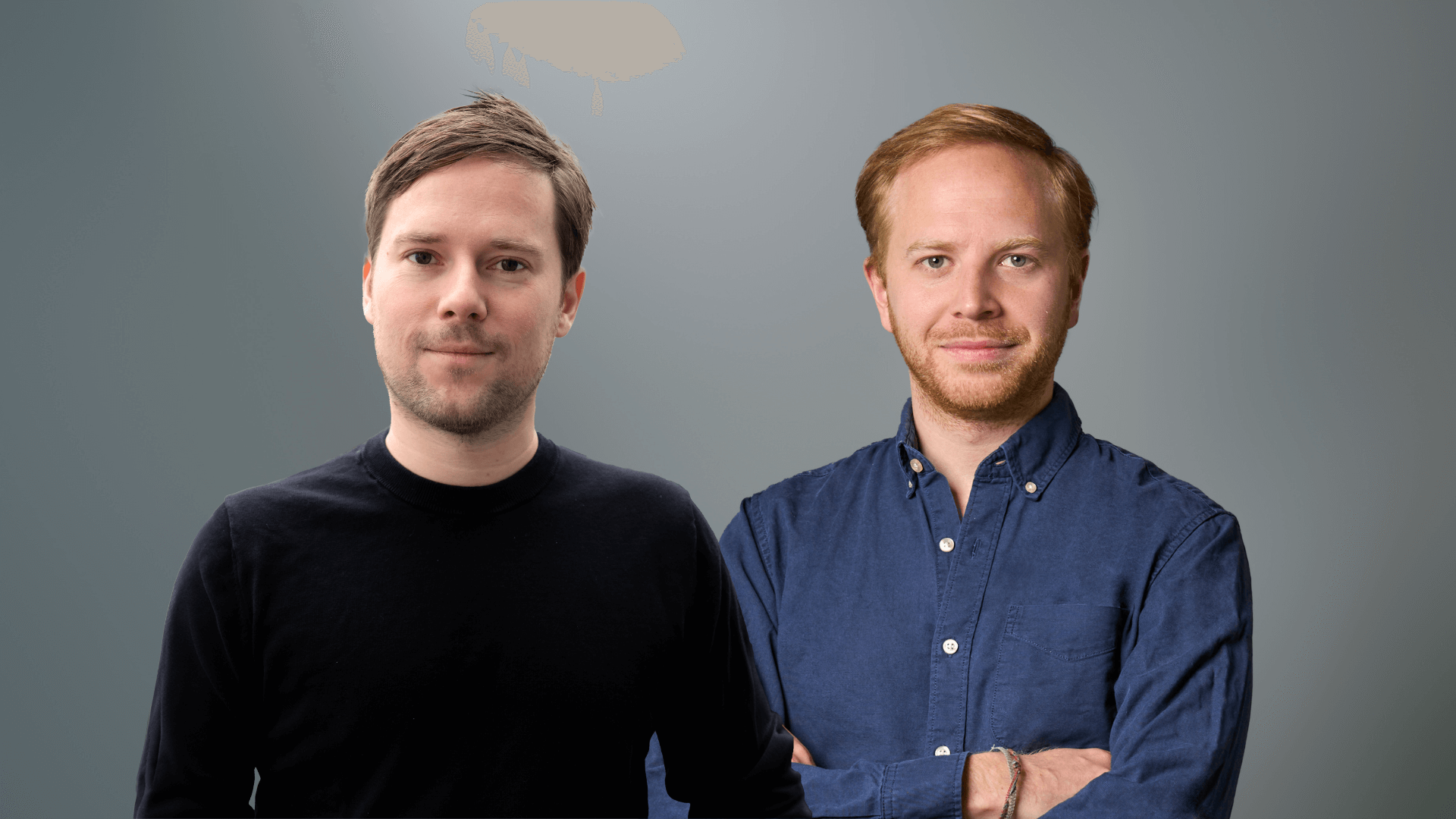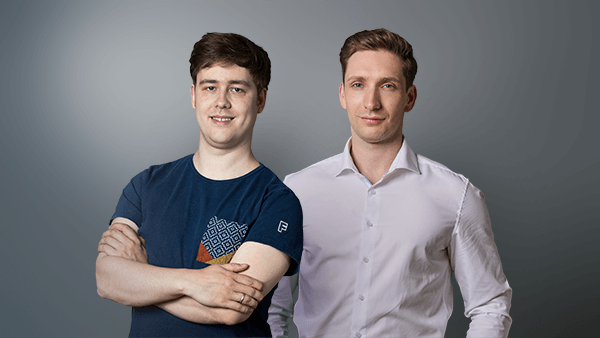What HTGF can offer its fund investors (besides investments)
Ever since it was established 16 years ago as a public-private partnership, High-Tech Gründerfonds (HTGF) has always worked closely with companies. The third fund alone secured over 30 fund investors, and a fourth fund generation has already been announced. HTGF sees itself as a platform that offers added value for private and public fund investors, portfolio companies and the start-up ecosystem. In this interview, Alex von Frankenberg, the seed investor’s Managing Director, outlines the added value that HTGF offers its private fund investors.
Alex, you’re Europe’s most active seed investor – and you work closely with your fund investors.
We do indeed, but our cooperation extends beyond the investment itself. We want to share our knowledge and experience with our investors, and grant them access to a network we have built up over 16 years. We foster collaboration between business investors and our portfolio companies. We want to strengthen our fund investors’ innovation capabilities, inspire them, connect them, and of course open the door to co-investments or acquisitions.
HTGF fund investor Evonik just recently acquired a portfolio company.
That is a great example to mention, you’re right. The start-up in question is JeNaCell, a company we came across around 11 years ago during a meeting between a panel of judges. And then HTGF was among the first seed investors in the company, back in 2012. JeNaCell is a biotech company that develops nature-identical material that is used in medical technology and dermatology for the treatment of wounds and burns. It’s also used in hydroactive skin care. Evonik had taken up a stake in the start-up back in 2015 via its venture capital arm, and is now in the process of integrating JeNaCell’s portfolio into its health care business. That’s an example of how HTGF also brings together fund investors and start-ups for the long term. Overall, 11 of our portfolio companies have been acquired by our fund investors.
HTGF is a seed investor with a very broad footing. It invests in young companies that are active not only in life sciences and chemicals, such as JeNaCell, but also in the fields of digital and industrial tech.
That’s correct, our investment team is split across these three areas, partly in order to build up specific expertise and form networks. For each of these three areas, decisions are made by an investment committee made up of representatives of our fund investors and experts. An example of a start-up in the life sciences and chemicals category is MYR, the first company to develop a drug to treat Hepatitis D. It was acquired by a US company last year for way over US$1 billion, marking our most successful exit by far. We’ve also seen two highly successful transactions this year, with the IPO of Mister Spex and the sale of Next Kraftwerke to Shell – both of which happened more than ten years after the seed investment.
Can you give an example from the field of industrial tech?
I certainly can. Take our portfolio company R3DT, which has developed a virtual reality tool for industrial engineers. Our fund investor Bosch is already among the licencees. That’s a great illustration of how fund investors and portfolio companies can collaborate. There are numerous examples of this in all areas: FairFleet provides drone services and is cooperating with fund investors such as Bayer and Postbank. And our fitness company eGym helps our fund investors Fraunhofer, EWE and DHL keep their staff fit and healthy.
Tell us about the networks that ultimately lead to collaboration or acquisitions – how do they form?
We place a great deal of importance on communication. At HGTF, each fund investor has two investment managers as central points of contact. Our colleagues in relationship management also establish connections and organise events throughout the whole year. Even during lockdown, we were able to bring together start-ups, investors and companies. Our two most important events are the HTGF Family Day and the HTGF Partnering Days. Networking and inspiration work at all levels here at HTGF.
And what does that mean?
On the one hand, we invite big names from the world of politics and business to give speeches. At the HTPD, we heard speeches from two high-level government officials – German economy minister Peter Altmaier and health minister Jens Spahn – and also from former Deutsche Bahn executive Sabine Jeschke. On the other hand, we also take advantage of conventional networking opportunities. At HTGF, collaborations have been born at the buffet table, or over a beer and a currywurst.
Your network must have reached an impressive size after 16 years.
My colleague Claudia Raber, who is responsible for relationship management, just recently provided the figures in an interview about the added value we offer start-ups: We have around 9,000 different investors in our network, ranging from wealthy private individuals and corporate VCs to German and global VCs as well as private equity companies. And on top of that there are several hundred C-level managers, consultants and mentors who contribute all of their knowledge to our network.
You said at the start of the interview that you also share your knowledge with your fund investors. What did you mean by that exactly?
We have concluded more than 600 seed investments, as well as over 1,700 follow-on financing rounds and just under 140 exits. We share the insights we have gained from this experience, and in doing so help companies avoid making investment mistakes. We know what contracts and term sheets need to look like, and our processes always meet the highest standards. And on top of that, we share our specialist expertise in various areas. We’ve got outstanding contacts at leading universities, research institutes and their spin-offs. We know the German start-up landscape like the back of our hand.
In two sentences, what is your message for fund investors who are interested in investing in the fourth fund?
HTGF is a seed investor that leads the way when it comes to new, technological developments. We encourage our fund investors to come and be among the first to discover, support and successfully leverage innovations.


